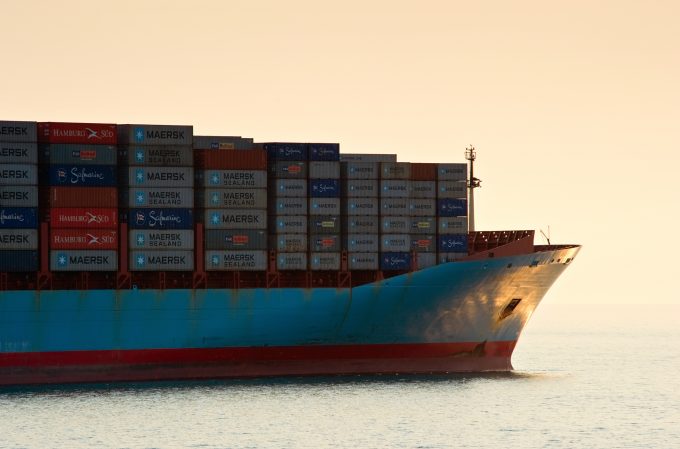Box ship diversions due to Red Sea crisis having dramatic impact on emissions
The Saudi Arabian hub port of Jeddah is reporting a two-thirds drop in calls from ...

After weeks of erosion, Asia-North Europe container spot rates appear to have responded to peak season capacity cuts and are edging back up.
The North Europe component of today’s Shanghai Containerized Freight Index (SCFI) recorded a 12.2% increase in rates to $754 per teu, while rates for Mediterranean ports were up by a more modest 3.3%, to $718 per teu.
Asia-North Europe ocean carriers serving the route have withdrawn some 150,000 teu of capacity this month and next, due to weak demand, and in order to ‘stop the rot’ in the spot market – North Europe rates still around a third lower than at the beginning of the year and about 20% below the equivalent week of 2018.
Despite weekly capacity on the route having been slashed by approximately 7% since the beginning of the month, consultancy Alphaliner has questioned whether the temporary capacity adjustments would be sufficient to address the imbalance of supply and demand.
It noted that no service suspensions had been announced so far, in contrast to last year when 2M carriers Maersk Line and MSC suspended their AE2/Swan loop for 12 weeks, which it said had “helped to stabilise freight rates in the face of slower demand growth”.
Elsewhere, the SCFI recorded a second consecutive week of spot rates declines on routes to the US west coast, which shed a further 6.9% to $1,433 per 40ft. For east coast ports, there was a decline of 3.1%, to $2,800 per 40ft.
Tariffs on Chinese imports into the US are beginning to have an impact on throughput volumes, particularly for the west coast, statistics this week showing a 5.4% slump in container imports in June, compared with the same month of last year.
New York-based consultancy Blue Alpha Capital, which compiled the June data from the 10 largest US ports, warned that if the remaining annual $325bn of Chinese imports are also subjected to 25% duty, in a further escalation of the US-China trade war, the impact could mean “double-digit declines” at most US ports.
Nevertheless, some analysts are predicting a silver lining for transpacific carriers from geopolitical and regulatory threats.
“Despite the gloomy economic forecasts and lowered World Bank projections, transpacific rates and volumes will likely increase, come August,” said Eytan Buchman, CMO of online freight forwarder Freightos.
He explained that “the accumulation of potential risk factors later this year, including the switch to low-sulphur (higher-cost) fuel, trade disruptions from EU tariffs, Brexit and security issues in the Persian Gulf” could be a positive for carriers, prompting another wave of front-loading and thus a spike in rates.
Meanwhile, the premium for 0.5% low-sulphur fuel required by the IMO, to fuel all ships from 1 January next year that do not have scrubbers fitted, is still an unknown calculation for carriers that hope to pass the extra cost onto their shipper customers.
George Griffiths, editor, Global Container Freight Market and S&P Global Platts, told The Loadstar today that, although the bunker market appeared to have stabilised after a turbulent few weeks, the industry was still no closer to determining the spread between HFO (heavy fuel oil) and the new LSFO (low-sulphur fuel oil).
“Eyes are focused on the narrowing relationship between IFO 380 (HFO) and 0.5% LSFO, which is currently at $100 per ton, but is expected to widen again as demand for low-sulphur fuel ramps up ahead of 1 January,” said Mr Griffiths.
Comment on this article